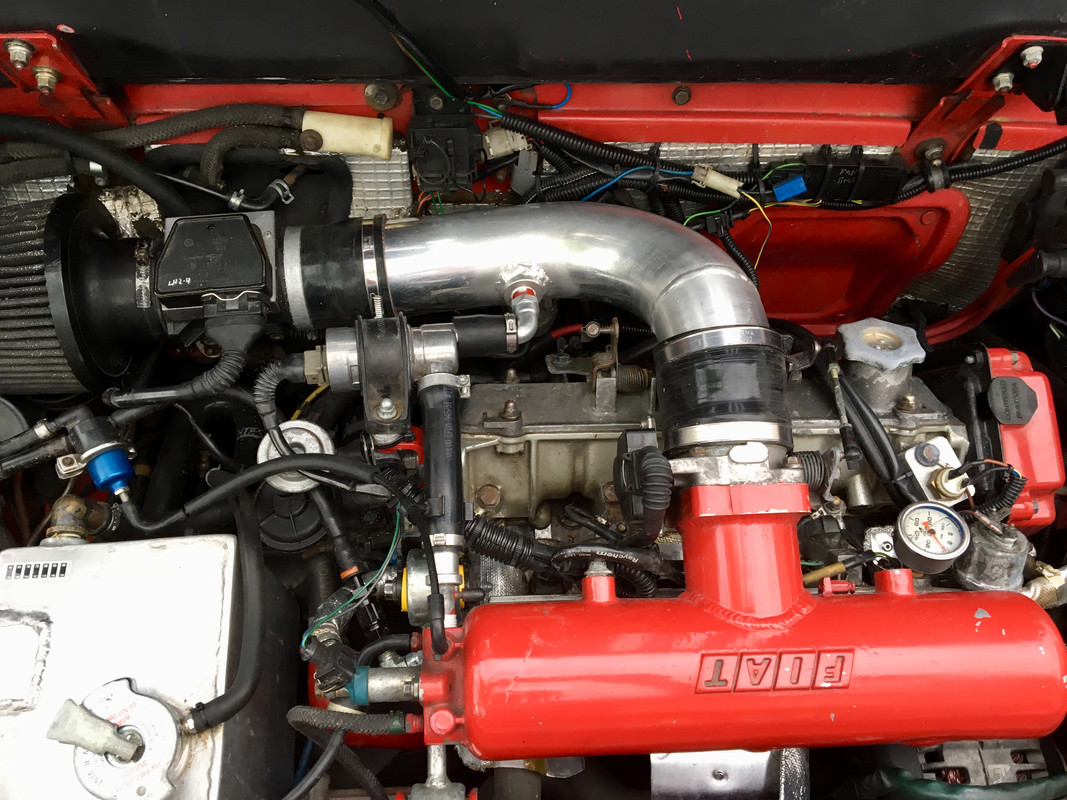Bjorn Nilson
True Classic
I am checking sensors and triggers for my UT build and it seems like I must replace most of them as they are not compatible with with my modern engine management system. I also checked the supplementary air valve for cold starts. I put the valve in the freezer and it seemed to open up a little bit. Then I heated it up with a torch and it was slowly closing. Next test: When cold I put 12V to the valve connectors and it closed very slowly in 4-5 mins. But what is the last option good for? And how to connect it to the system? The UT ECU seems to read the cooling water temp and then trigger the valve (as well as injectors etc.) based on that information, but why? The valve works regardless of 12V power so is it really necessary to connect it to have the engine idling a little bit higher when cold? I can probably create a trigger in my MaxxECU to push 12V to the valve at a certain temp but what should it be good for?



